Top 7 Best Exercises That You Can Do In The Park
Get outside this summer and use the city as your gym. There are a growing number of parks that are now home to several pieces of fitness equipment, or you may even find a purpose-built outdoor gym that aims to replicate what you can do indoors.
The benefits of outdoor exercises
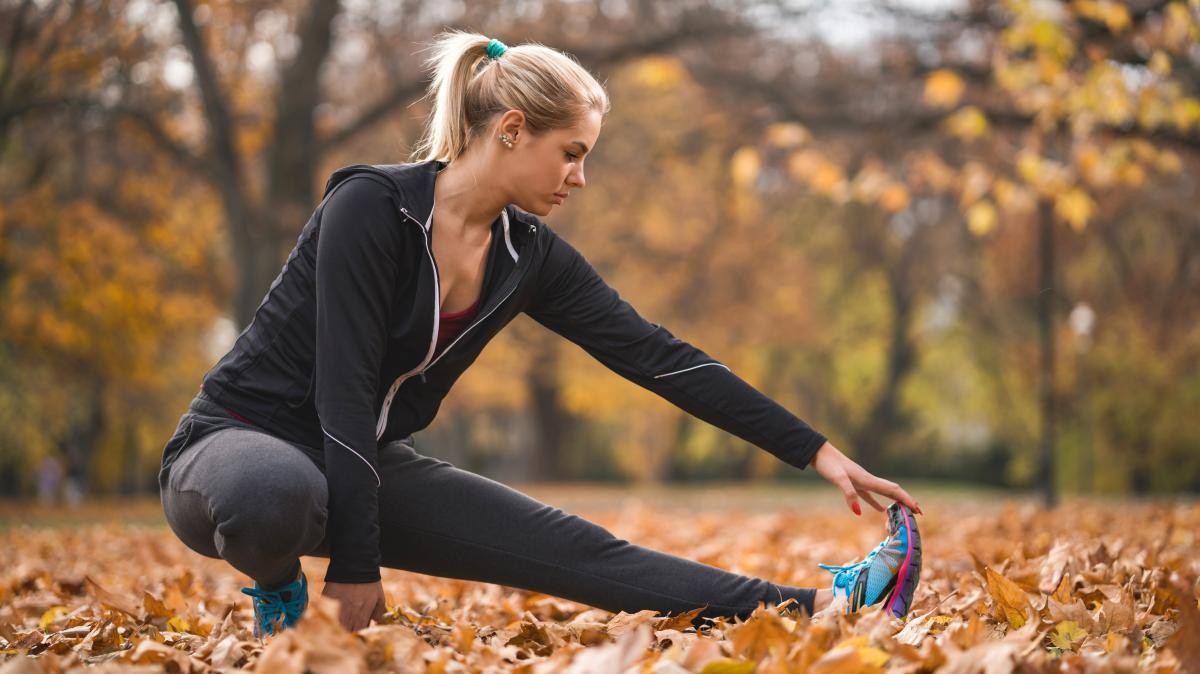 |
| Photo: The Times |
One of the best ways to keep yourself healthy is by getting active and exercising. Fortunately, you do not have to be a fitness expert to get active. There are different types of physical activity that allow you to choose an activity that best suits your fitness level. Whether you want to lift weights, stick to cardio, do yoga, or participate in class exercises, you are bound to find a physical activity fit for you. Many of these activities are done indoors. Naturally, people go to the gym to get active. After all, gyms have all the necessary equipment to ensure you have a good workout, but that doesn’t mean you can’t engage in outdoor exercise from time to time.
Exercising outdoors has numerous health benefits that you cannot find exercising indoors. Exercising provides you with several benefits for your physical and mental on its own, but when you take your workout outside, you put yourself in a position to exponentially increase these benefits. There are many factors that lead to an increase in benefits during an outdoor workout, from fresh air to sunlight.
Boosts Mental Health
When you exercise, your body releases feel-good chemicals called endorphins. This chemical induces feelings of euphoria and happiness and elevates your mood. Endorphins naturally reduce symptoms of anxiety and depression. Even the lightest form of exercise prompts your body to release these chemicals. However, spending time outside can increase these benefits.
Exercising outdoors, referred to as green exercise, puts you in direct contact with sunlight. Studies have shown that people’s brains have higher levels of serotonin on bright and sunny days. Serotonin is the body’s natural mood stabilizer. It helps reduce your symptoms of depression and anxiety. Sunlight also increases your vitamin D intake. Vitamin D has proven to be an effective way of enhancing your mood. As you can see, engaging in an outdoor activity can drastically improve the mental health benefits of exercise.
Challenges Your Body
When you work out in a gym or other indoor facility, you’re likely in a climate-controlled environment with air conditioning and more. While there is nothing wrong with working out in the AC, exercising outside challenges your body in ways indoor workouts cannot.
When you are active outdoors, whether running, walking, hiking, or biking, you put your body in the elements. The environment around you is always changing. Even slight changes, such as inclines, bumps, holes, or obstacles, force you to adapt and work harder. Even changes in the weather, such as the heat and breezes, can increase the difficulty of your workout.
Relieves Stress
Much like exercise improves your mental health, it also relieves stress. Exercise naturally releases norepinephrine, which helps reverse the damage stress does to your brain. This hormone also helps boost your mood and improve cognition. Norepinephrine forces your central nervous system and sympathetic nervous system to work together, which helps you manage and respond to stress more efficiently.
Spending time outside in nature can also help reduce your stress. In a Japanese study that centered around the effects of spending time in a forest environment or forest bathing, known as Shinrin-yoku, researchers discovered that even spending a short period outdoors could reduce your cortisol levels. Cortisol is the chemical found in your body that causes stress. By exercising outdoors, you can relieve your stress, lower your blood pressure, and prioritize your physical health.
Enhances Self-Esteem
Exercise has countless mental health benefits, along with physical benefits. We already discussed how exercising outside can improve your symptoms of depression and anxiety and relieve stress. However, it can also have an impact on your overall self-esteem. Exercise improves self-esteem by helping you lose weight, tone your body, build muscle, and improve your endurance. However, when you exercise outside, you get to experience these benefits more often.
Research has found that even spending as little as five minutes exercising outside can improve your self-esteem. Being out near greenery or watery features boosts this effect. Low-to-moderate exercises, such as walking, cycling, fishing, and gardening, lead to greater improvements in one’s self-esteem. By taking your workout outdoors, you can enhance the self-esteem boosting effects of exercise.
The best exercises that you can do in the park
1. Bodyweight Press
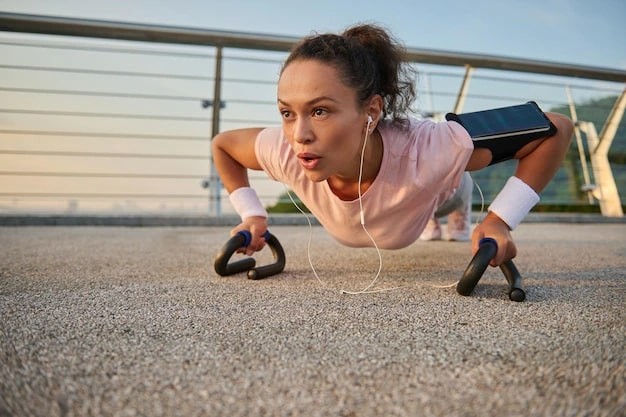 |
| Photo: Freepik |
At parks or outdoor gyms where there is specific equipment, you can complete presses such as Chest and Overhead. The way these machines are typically built is based on using your body weight rather than adding plates or selecting your desired weight. Depending on how you’ve typically used similar machines in the past, you may find it harder or easier than before. Regardless, it’s a great exercise to include in your park workout.
2. Monkey Bars
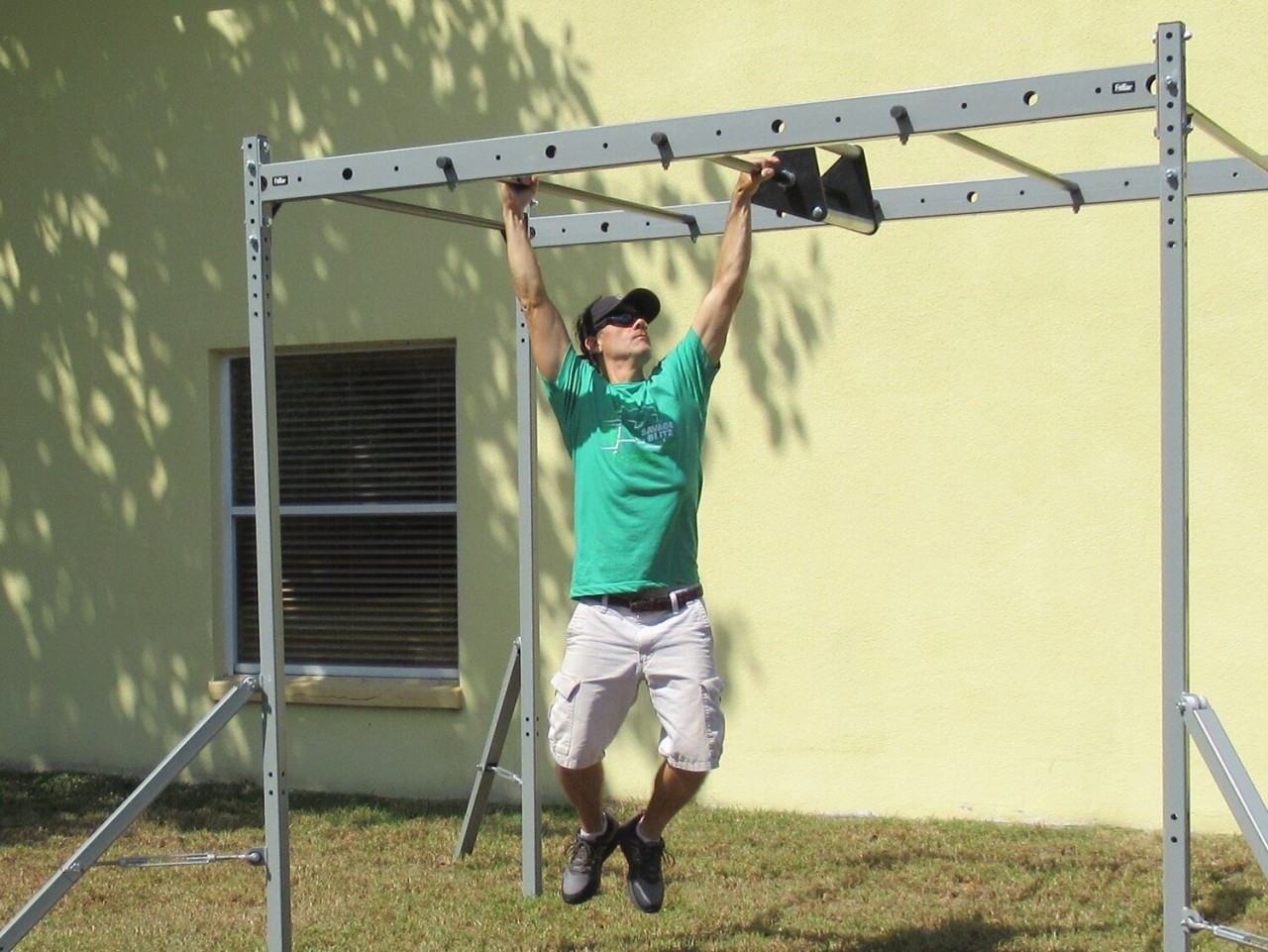 |
| Photo: Fitbarstrong |
This one brings out the little kid in all of us, only we find it much harder to do than we did when we were pre-teen age. Use the bars for your stock-standard chin-ups or pull-ups, or alternatively, you can go back to your roots and complete the hand walk across as many bars as you can. You’ll be surprised how well this works your core and upper body.
The first step to mastering monkey bars is to develop grip strength. Unless you’re opening stubborn pickle jars all day, holding onto the bars can be surprisingly hard. Don’t worry though: Grip strength is easy to develop if you do it step by step.
Start by hanging from the bars for as long as you can, until you need to bring your feet back to the ground. Repeat for 3 sets.
Next, pull your knees straight up toward your chest to work your abs. Straighten your legs, and then pull your knees to the right to work your obliques. Repeat to the left. The three moves form one rep. Perform one set of 10 reps to start.
As you get stronger, replace your grip-strength holds with three knee raise sets.
Face the bars from the side, and hold one bar with both hands. Pull yourself up and slowly lower your body, for one rep. Pull up to either side of the bar, if there’s enough space in between bars. Otherwise, jump down and turn around to face the other way. Start with 2 to sets of 5 reps on each side, switching your hands (one behind the other) for each set. Build to about 20 reps per side.
Swinging from bar to bar (walking the bars with your hands—just like when you were a kid!) is the classic way to enjoy the monkey bars. You’ll have fun—and majorly challenge your back, arms, even your core. If you can’t make your way across the bars your first time around, do the other moves in this workout at least three times a week, and after a month, try moving through the bars again.
3. Split Squat
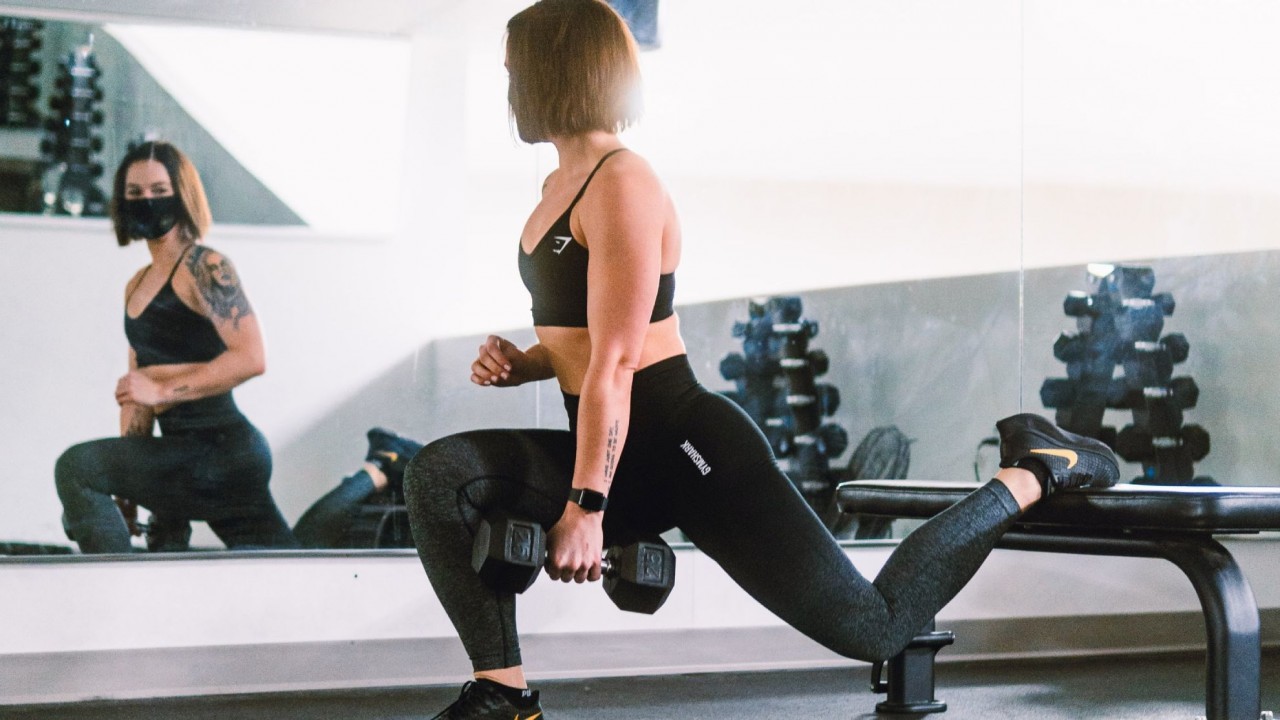 |
| Photo: Marca |
You’ll need: a swing
Standing in front of a swing, lift your right leg up and rest the laces of your shoe on the swing seat.
Bend your left leg to lower yourself into a single-leg squat, allowing your right foot (the one resting on the swing) to move back as you bend your left knee. The swing will help you balance as you squat.
Do 12-15 reps, and then switch sides.
It’s good to get to grips with the split squat by doing it without any resistance at first, but once you’re sure you’ve nailed the form you can increase the difficulty by adding weight. You can hold a dumbbell in each hand or a kettlebell against your chest, but the most common progression is the barbell split squat.
Engage your upper traps as you would with a barbell squat and position the bar across this area. Step back out of the rack and then take a long step forwards, raising your back heel so your foot is supported by the toes. Retract your shoulders, and keep your chest and chin elevated. Lower slowly, flexing at the knee on the front leg, until your back knee is almost touching the floor. Keeping your core engaged, rise to the start position. Make sure you initiate the movement with the back leg rather than the front. This reduces the risk of injury to your front knee.
4. Bench Dips
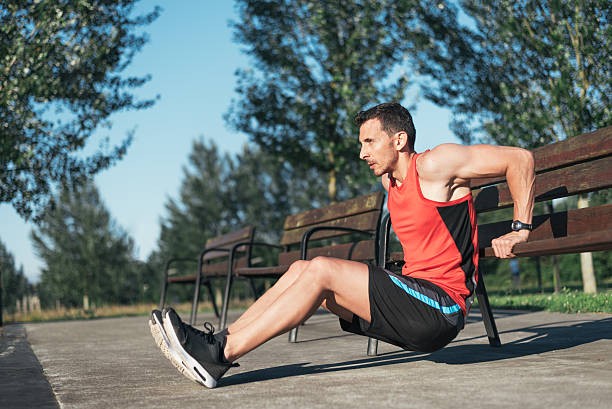 |
| Photo: iStock |
Benches are quite versatile and one of its great uses can be for dips. Place your hands on the seat and your legs slightly bent, outstretched in front of you, then lower yourself down and up as many times as you can. When done properly, you should feel it burn in your triceps and pectorals.
For bench dips, begin with 2–3 sets of 10–15 repetitions. Choose your sets and repetitions based on your ability to maintain good technique throughout all sets and repetitions.
1.Sit on the edge of a bench with your hands beside your hips. Your palms should be on the bench with your fingers facing your hips.
2.Walk your feet forward until your hips are slightly ahead of the bench. Your legs can be bent or straight. Your shoulders should be over your wrist. Rotate your shoulders outward to engage your lats.
3.Your chin should remain tucked throughout the movement, as if you were holding an egg under your chin. Your pelvis should be slightly tucked and your ribs should be down. Pre-tension your shoulders and hips while engaging your core. All repetitions should begin from this starting position.
4.While maintaining your alignment, slowly bend your elbows and lower your hips toward the floor until your upper arms and forearms form 90-degree angles. Pause at the bottom of the movement.
5.To begin the upward movement, squeeze your triceps to begin straightening your elbows.
6.Finish the movement by squeezing your triceps while maintaining a slight bend in your elbows. Movement should only occur at your elbows.
7.Repeat for your desired number of repetitions.
5. Bench Push-Ups
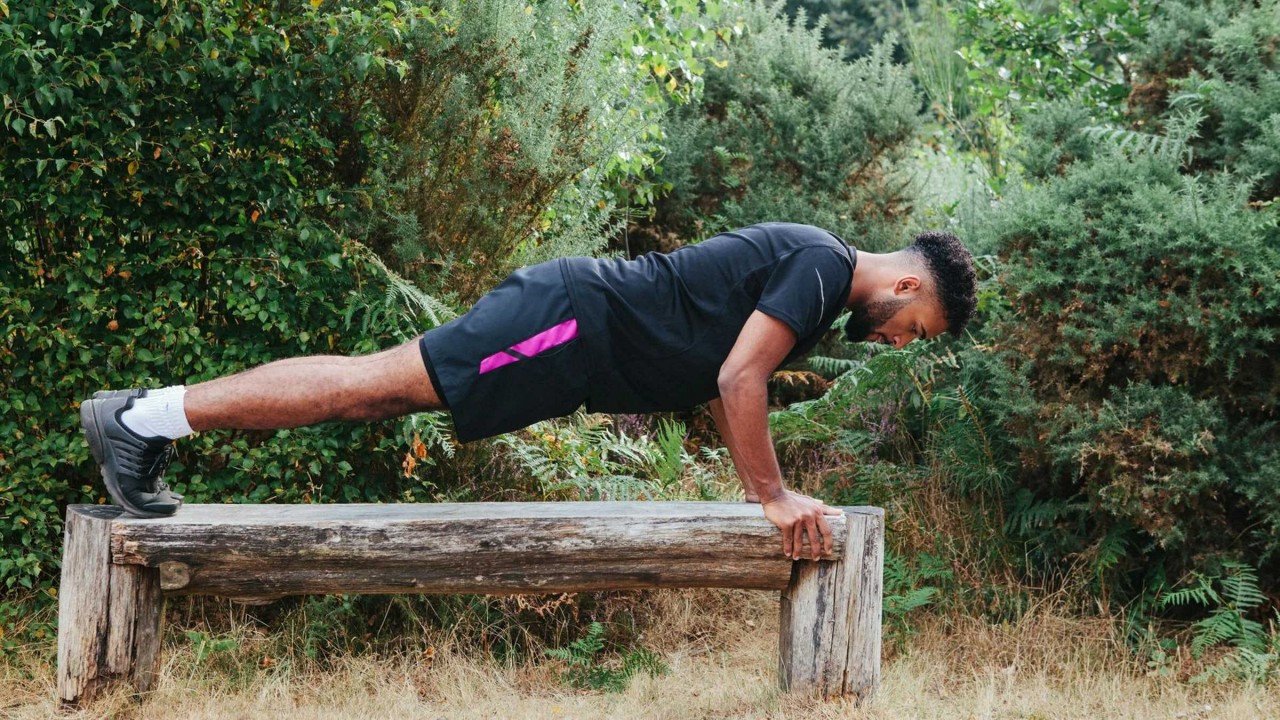 |
| Photo: Outside Magazine |
Whilst on the bench, you can also complete a push-up. Turn yourself over, again placing your hands on the seat and legs outstretched and lower yourself down and up in a controlled motion. You can make it more difficult or easier by changing the angle of your body, or doing it on your knees instead. You may also want to put your hands on the back of the bench to attain a higher and easier angle.
Before performing the bench push up, it is essential that you position your body properly. Start by finding a bench that hits your legs at the midpoint between your knees and hips. Place the long side of the bench firmly against a wall, with your hands spaced approximately one foot apart from each other firmly on the outer edge of the bench. Make sure your shoulders are directly over your hands. Step your feet around five feet back from the wall, so that you are now in a straight line from your feet to your hands. Look down at the space created between your hands.
Now that you are positioned properly, you can start performing the bench push ups. Begin by taking a few deep breaths. As you inhale, bend your elbows, lowering your body at an angle towards the bench and floor. Once your elbows are bent to a 90 degree angle, exhale and use the muscles in your chest and arms to push yourself back up to a starting position. Perform at least 10 bench push ups before taking a short break. Do another 2 sets of 10 repetitions of the exercise.
Before moving on to a more advanced version of the basic bench push ups, be sure that you can perform at least 3 sets of 10 with ease. Moving on too early can result in injury or fatigue. One easy way to increase the intensity of the bench push up is by placing your feet on a Bosu. This makes the surface more unstable, thereby requiring you to engage the muscles in your core more completely. The exercise will therefore be intensified, giving you a more challenging workout. While this change is small, it can produce dramatic results.
6. Swing Plank
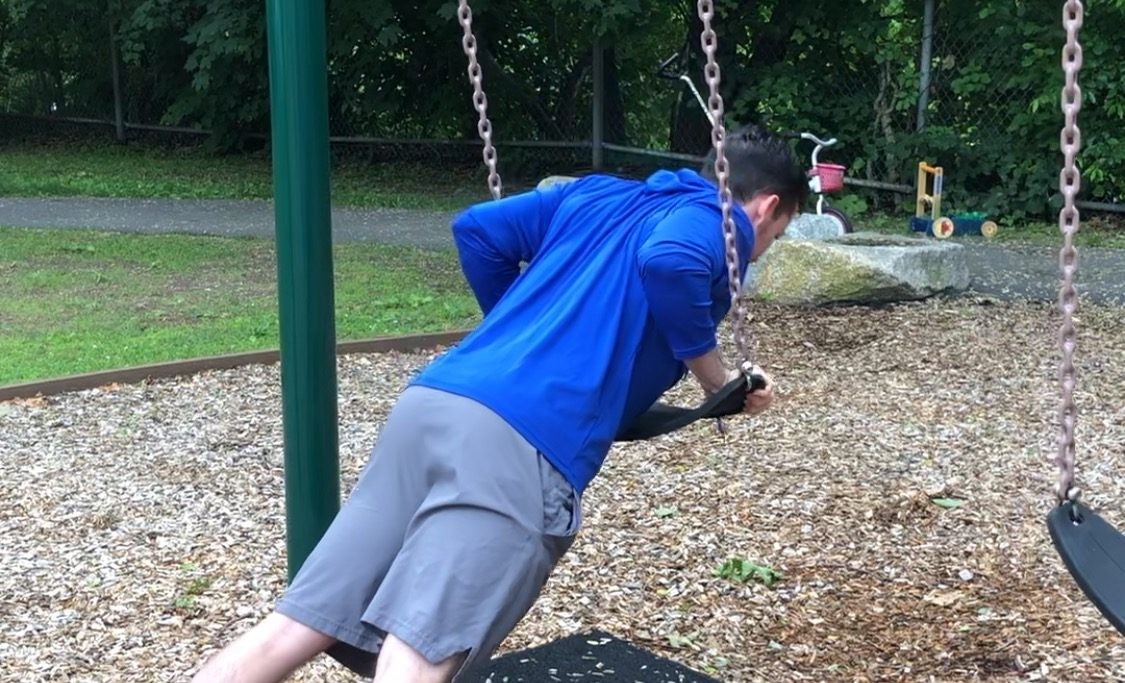 |
| Photo: Golden Home Fitness |
Turn your attention to the swing set and start with a plank position, a gruelling yet efficient core exercise. Start with your back to the seat and place both legs onto the swing, whilst holding yourself upright on your palms outstretched directly below your shoulder-line. Hold the plank position for as long as you can, trying to remain as still as possible. A modification to this exercise to make it harder is to bring your body towards the swing and extend back out. Alternatively, to make it easier, rest your mid-rift on the swing seat instead, placing your hands and feet on the ground in the same position.
7. Walking Lunges
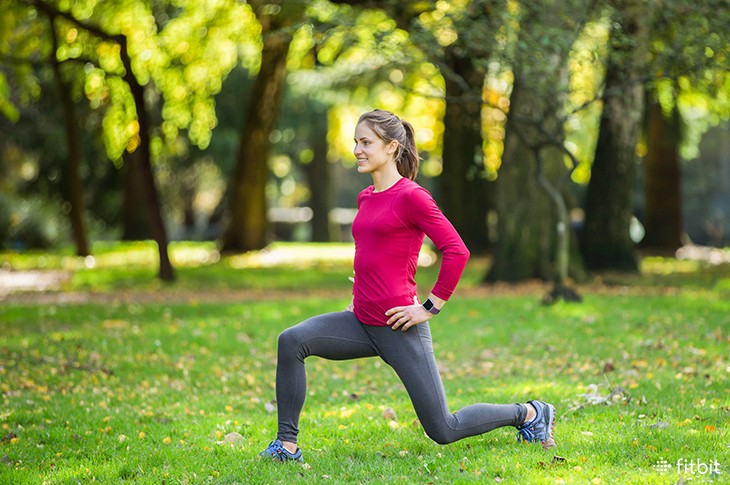 |
| Photo: Fitbit Blog |
A similar exercise to the split squat, walking lunges will require you to step forward with a bent front leg and to drop your back knee towards the ground. You can make it more difficult by taking longer strides and ensuring you drop your back knee right to the ground. You can also add weights if you have them to make it even harder.
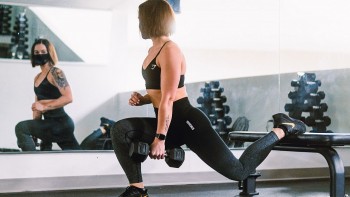 | Top 10 Non-Boring Butt Exercises To Help Shape Your Body Glute muscle exercises are ones of the most important exercises to enhance your muscle's strength and stamina, as well as help you burn fat in ... |
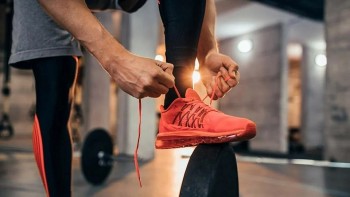 | Top 10 Gym Bag Essentials: From Clothing to Tech Gears It is important to prepare everything before a gym class and have everything at hand. Here are the 10 essential gym items that you will ... |
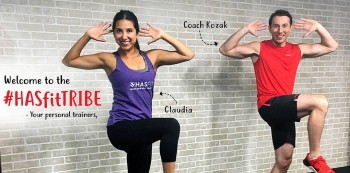 | Top 10 Free YouTube Fitness Channels to Help You Stay Healthy There are many ways to do your exercises without having to come to the gyms or special training, especially during Covid-19 quarantine. Here are some ... |
Recommended
 Handbook
Handbook
Vietnam Moves Up 8 Places In World Happiness Index
 Handbook
Handbook
Travelling Vietnam Through French Artist's Children Book
 Multimedia
Multimedia
Vietnamese Turmeric Fish among Best Asian Dishes: TasteAtlas
 Handbook
Handbook
From Lost to Found: German Tourist Thanks Vietnamese Police for Returning His Bag
Popular article
 Handbook
Handbook
Prediction and Resolution for the Disasters of Humanity
 Handbook
Handbook
16 French Films To Be Shown For Free During Tet Holiday In Vietnam
 Handbook
Handbook
Unique Cultural and Religious Activities to Welcome Year of the Snake
 Handbook
Handbook







